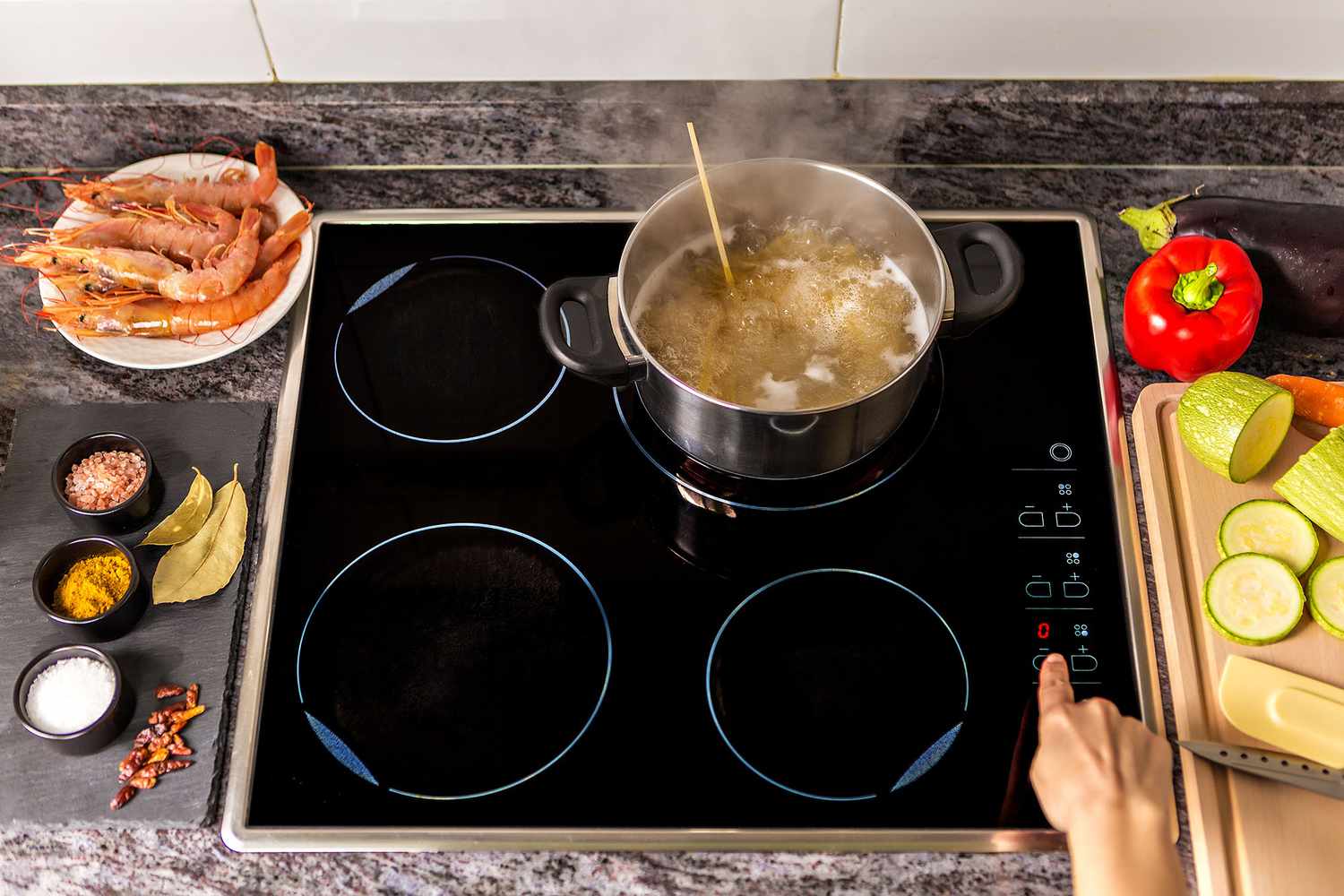

Articles
How To Cook With An Induction Cooktop
Modified: January 18, 2024
Discover helpful articles on how to cook delicious meals with an induction cooktop. Explore tips, recipes, and techniques to master this modern cooking technology.
(Many of the links in this article redirect to a specific reviewed product. Your purchase of these products through affiliate links helps to generate commission for Storables.com, at no extra cost. Learn more)
Introduction
Induction cooktops have become increasingly popular among home cooks due to their efficiency, precision, and sleek design. Unlike traditional gas or electric cooktops, induction cooktops use electromagnetic technology to directly heat the cookware, resulting in faster cooking times and improved energy efficiency. If you’re new to induction cooking or considering making the switch, this article will guide you through the basics of cooking with an induction cooktop and provide valuable tips to help you get the most out of this modern kitchen appliance.
One of the main advantages of induction cooktops is their speed. The electromagnetic energy transfers heat directly to the cookware, so there’s no need to wait for the burner to heat up. As soon as the pan is placed on the cooktop, the heat is quickly and evenly distributed, allowing you to start cooking immediately. This not only saves time but also enables you to have more control over the cooking process.
Another benefit of induction cooktops is their precise temperature control. Unlike gas or electric cooktops, which may have temperature fluctuations, induction cooktops offer consistent and accurate heat settings. This precision allows you to simmer delicate sauces without fear of scorching and achieve a rapid boil for pasta or soups.
In addition to speed and precision, induction cooktops are also known for their energy efficiency. Because the heat is generated directly in the cookware, there is minimal heat loss during the cooking process. This means less wasted energy and a more environmentally friendly cooking method. Moreover, induction cooktops provide faster heat-up and cool-down times, reducing the overall energy consumption in the kitchen.
One of the key considerations when using an induction cooktop is the type of cookware you use. Induction cooking requires magnetic cookware made from materials such as cast iron or stainless steel. If you’re unsure whether your current cookware is compatible, you can perform a simple magnet test. If a magnet sticks to the bottom of the cookware, it can be used on an induction cooktop. If not, you may need to invest in new cookware specifically designed for induction cooking.
With the basics covered, this article will delve into the different techniques and cooking methods that work best with an induction cooktop. Whether you’re searing a steak, stir-frying vegetables, or simmering a sauce, we’ll provide tips and tricks to help you achieve delicious results.
Furthermore, we’ll discuss the safe operation of induction cooktops and how to properly clean and maintain them for optimal performance and longevity.
By the end of this article, you’ll have a solid understanding of induction cooktops and be ready to embark on your culinary adventures with confidence and efficiency.
Key Takeaways:
- Induction cooktops offer rapid heating, precise temperature control, and energy efficiency, revolutionizing the cooking experience. Choosing compatible cookware and following safety guidelines are essential for optimal performance.
- With induction cooktops, you can master various cooking techniques, from searing and stir-frying to simmering and grilling. Regular cleaning and maintenance ensure longevity, while troubleshooting common issues helps maintain functionality.
Basics of Induction Cooktops
Induction cooktops are revolutionizing the way we cook by utilizing advanced technology to create a more efficient and precise cooking experience. Understanding the basics of how induction cooktops work will help you make the most of this modern kitchen appliance.
Unlike traditional gas or electric cooktops that use direct heat, induction cooktops rely on electromagnetic technology. The cooktop contains a coil of copper wire that generates high-frequency alternating current. When you place a compatible magnetic cookware on the cooktop, the current creates a magnetic field that induces an electrical current in the base of the cookware. This electrical current, in turn, generates heat, effectively heating up the cookware and its contents.
The key advantage of induction cooktops is their rapid heating capabilities. The magnetic field created by the induction cooktop directly and quickly heats the cookware, allowing you to achieve a desired temperature almost instantly. This rapid heating not only saves time but also reduces energy consumption compared to traditional cooktops.
Induction cooktops also offer precise temperature control. Unlike gas or electric cooktops that rely on variable flame or resistor settings, induction cooktops allow you to select an exact temperature for your cooking needs. This precise control enables you to simmer delicate sauces at a low temperature without worrying about scorching or burners fluctuating.
Another advantage of induction cooktops is their safety features. Unlike gas cooktops that have an open flame or electric cooktops that retain heat after being turned off, induction cooktops only heat the cookware itself. The surrounding surface of the cooktop remains relatively cool to the touch, minimizing the risk of accidental burns.
Induction cooktops are also known for their energy efficiency. The direct heat transfer to the cookware ensures that minimal energy is wasted during the cooking process. Additionally, the precise temperature control helps avoid excessive heat and energy usage, making induction cooktops a greener and more sustainable choice.
It is important to note that not all cookware is compatible with induction cooktops. Due to the need for a magnetic field for heat induction, cookware made from magnetic materials such as cast iron and stainless steel is required. Non-magnetic cookware, such as aluminum or copper, will not work on an induction cooktop. To check the compatibility of your existing cookware, simply place a magnet on the base of the cookware. If it sticks, the cookware is induction-compatible.
By understanding the basics of induction cooktops and their unique technology, you can unlock the full potential of this modern kitchen appliance. With rapid heating, precise temperature control, and energy efficiency, induction cooktops offer a superior cooking experience that will revolutionize your time in the kitchen.
Choosing the Right Cookware
When cooking with an induction cooktop, it is essential to use the right cookware to ensure optimal performance and efficiency. Induction cooktops require specific types of cookware that are compatible with their magnetic technology. Here are some key factors to consider when choosing cookware for your induction cooktop:
1. Magnetic Materials: Induction cooktops rely on magnetic fields to generate heat, so it’s crucial to select cookware made from magnetic materials. The most popular options include cast iron and stainless steel. These materials have a high magnetic permeability, allowing them to effectively interact with the induction cooktop and efficiently transfer heat.
2. Flat and Smooth Bottom: Ensure that the cookware you choose has a flat and smooth bottom. This allows for better contact with the induction cooktop’s surface, allowing the heat to transfer more efficiently. Uneven or warped cookware can result in uneven cooking and decreased performance.
3. Cookware Thickness: Opt for cookware with a thick and sturdy construction. Thicker cookware helps to distribute heat more evenly, reducing the risk of hot spots. It also provides better heat retention, allowing you to cook at lower temperatures and save energy in the process.
4. Cookware Size: Take into account the size of the cookware in relation to the size of the induction cooktop’s burner. Using cookware that is too small for the burner may lead to inefficient heating, while oversized cookware may not receive uniform heat distribution. Match the size of the cookware to the burner size for optimal performance.
5. Induction-Compatible Label: Look for cookware that specifically states it is induction-compatible. Manufacturers will often label their products as suitable for induction cooktops to make the selection process easier. If unsure, the magnet test mentioned earlier can help determine compatibility.
6. Handle Heat Resistance: Consider the handle of the cookware and ensure it is heat-resistant. Induction cooktops can transfer heat to the handles, so handles made from materials like stainless steel or silicone that stay cool to the touch are preferable.
By selecting the right cookware for your induction cooktop, you can ensure efficient heat transfer, even cooking, and a seamless cooking experience. When in doubt, look for cookware specifically designed for use with induction cooktops, as it will typically provide the best compatibility and performance.
Using an Induction Cooktop Safely
While induction cooktops offer numerous benefits and convenience, it is important to prioritize safety when using this modern kitchen appliance. Here are some essential safety tips that will help you use your induction cooktop responsibly:
1. Read the User Manual: Familiarize yourself with the user manual provided by the manufacturer. It contains important safety instructions and specific guidelines for operating your induction cooktop. Understanding the features and functions of your cooktop will ensure safe and efficient usage.
2. Keep the Cooktop Clean: Regularly clean your induction cooktop to prevent buildup of food particles, grease, or spills. Wipe down the surface with a soft cloth after each use, ensuring the cooktop has cooled down. Avoid using abrasive cleaners or harsh chemicals that can damage the surface. A clean cooktop reduces the risk of accidents and ensures optimal performance.
3. Use Proper Cookware: As mentioned earlier, it is crucial to use cookware that is compatible with induction cooktops. Using the wrong cookware, such as non-magnetic or oversized cookware, can lead to inefficient heating and potential damage to the cooktop. Always check the compatibility of your cookware before using it on an induction cooktop.
4. Be Mindful of Heat Transfer: Induction cooktops transfer heat directly to the cookware, which means that both the bottom surface of the cookware and the surrounding area may become hot. Exercise caution when handling the cookware and be sure to use oven mitts or pot holders to protect your hands. Also, be aware that residual heat may remain on the cooktop, even after the cookware has been removed.
5. Avoid Placing Non-Cooking Items on the Cooktop: To prevent accidental burns or damage, refrain from placing non-cooking items on the induction cooktop. This includes utensils, food packaging, towels, or other combustible materials that can be inadvertently activated by the magnetic field.
6. Turn Off the Cooktop When Not in Use: To minimize the risk of accidents and save energy, always turn off the induction cooktop when not in use. Even though induction cooktops heat up quickly, leaving them unattended for extended periods can pose unnecessary risks.
7. Keep Children and Pets Away: Induction cooktops can be attractive to curious children and pets. Ensure their safety by keeping them away from the cooktop while in use, and consider using safety locks or installing barriers if necessary.
8. Be Prepared for Power Outages: Induction cooktops require electricity to operate, so it is essential to have backup cooking solutions available in the event of a power outage. Keep a portable gas burner or alternative cooking equipment on hand to ensure you can continue to cook safely during emergencies.
By following these basic safety guidelines, you can enjoy the benefits of your induction cooktop while minimizing the risk of accidents or injuries. Stay vigilant, exercise caution, and prioritize safety when cooking with your induction cooktop.
Setting up and Using an Induction Cooktop
Setting up and using an induction cooktop is a relatively straightforward process, but it’s important to follow a few key steps to ensure optimal performance and safety. Here’s a guide to help you get started:
1. Find a Suitable Location: Choose a well-ventilated area in your kitchen with sufficient space for the induction cooktop. Ensure that there is at least a few inches of empty space around the cooktop to allow for proper airflow and prevent heat buildup.
2. Check Power Requirements: Make sure your kitchen has the appropriate power supply to accommodate the induction cooktop. Induction cooktops typically require a dedicated circuit with higher voltage and wattage capacity. Consult the user manual or an electrician if you’re unsure about the power requirements.
3. Install the Cooktop: Follow the manufacturer’s instructions to properly install the induction cooktop. This usually involves securely mounting the cooktop on the countertop or embedding it into the surface. If you’re not comfortable with the installation process, it’s always best to seek professional assistance.
4. Familiarize Yourself with the Controls: Take the time to understand the control panel and settings of your induction cooktop. Many models offer various heat levels, timers, and specialty cooking functions. Experiment with the different settings to become comfortable with their operation.
5. Turn on the Cooktop: Once your induction cooktop is properly installed and connected to the power supply, turn it on. Most cooktops have a power button or touch controls to activate the cooktop. Follow the manufacturer’s instructions to ensure you’re using the correct method to power on your specific model.
6. Select the Desired Heat Level: Induction cooktops offer precise heat control. Use the controls to adjust the heat level according to your cooking needs. Many models have a numeric scale or power level settings. Start with a low heat level and gradually increase as needed.
7. Place the Cookware: Ensure the cooktop surface is clean and dry before placing the induction-compatible cookware on it. Center the cookware on the burner and make sure it is in direct contact with the surface. Avoid dragging or sliding the cookware, as this can scratch the cooktop.
8. Start Cooking: With the cookware on the cooktop, you’re ready to start cooking. Adjust the heat level as necessary, and remember that induction cooktops heat up quickly, so keep a close eye on your food to prevent overcooking.
9. Monitor and Adjust Heat: Induction cooktops respond quickly to heat adjustments. If you need to lower or increase the heat during cooking, simply adjust the settings accordingly. The precise temperature control of an induction cooktop allows for precise cooking results.
10. Turn off the Cooktop: Once you have finished cooking, turn off the induction cooktop. Most models have a dedicated power button or an “off” function. Ensure the cooktop has cooled down before cleaning it or touching the surface.
By following these steps, you can set up and effectively use your induction cooktop in no time. Enjoy the efficiency, precision, and versatility that induction cooking offers for your culinary endeavors.
When cooking with an induction cooktop, make sure to use cookware that is compatible with induction heating. Look for the induction symbol on the bottom of the cookware or use a magnet to check for compatibility.
Read more: What Are The Benefits Of Induction Cooktop
Cooking Techniques for Induction Cooktops
Cooking with an induction cooktop opens up a world of possibilities for creating delicious meals with precision and efficiency. Here are some cooking techniques that work exceptionally well with induction cooktops:
1. Searing: Induction cooktops provide excellent heat control, making them ideal for searing meats and achieving the perfect caramelization. Preheat your skillet or pan on medium-high heat, then add oil or butter. Once the cooking surface is hot, place the meat and sear it on each side until you achieve a desired crust.
2. Stir-Frying: Induction cooktops offer quick heat response, making stir-frying a breeze. Heat your wok or skillet on high heat, add oil, and toss in your ingredients. Stir-fry by constantly moving the food around the pan, ensuring even cooking and preserving the vibrant colors and fresh flavors of your stir-fry.
3. Simmering and Braising: Induction cooktops allow for precise temperature control, making them perfect for simmering and braising dishes. Select a low heat setting and use a heavy-bottomed pot with a tight-fitting lid. Simmer soups, stews, or braises slowly to develop rich flavors while ensuring tender and succulent results.
4. Boiling and Rapid Boiling: When it comes to boiling water for pasta, blanching vegetables, or making stocks, induction cooktops excel. The fast and efficient heat transfer quickly brings water to a boil. For rapid boiling, select higher heat settings to achieve a rolling boil in no time.
5. Induction Grilling: Induction cooktops can be used for grilling indoors by using a grill pan or griddle with raised ridges. Preheat the pan on medium-high heat, brush it with oil, and place your marinated meats or vegetables on the ridges. Flip and rotate the food to achieve those signature grill marks.
6. Melting and Tempering: The precise low-heat control of induction cooktops makes them excellent for melting chocolate, butter, or gently tempering delicate ingredients. Use a low heat setting and stir constantly to prevent burning or overheating the ingredients.
7. Sous Vide Cooking: Induction cooktops paired with a precision sous vide machine offer unparalleled temperature control for precise cooking results. Set the water bath to the desired temperature, place your vacuum-sealed food in the bath, and let it cook slowly and evenly for tender and flavorful dishes.
These cooking techniques showcase the versatility and efficiency of induction cooktops. Experiment with different recipes and explore the precise heat control to elevate your cooking to new heights. With practice, you’ll master these techniques and create delicious meals with ease.
Cleaning and Maintenance of Induction Cooktops
Keeping your induction cooktop clean and well-maintained is essential for its longevity and continued performance. With proper care, you can ensure that your cooktop remains in optimal condition. Here are some tips for cleaning and maintaining your induction cooktop:
1. Daily Cleaning: After each use, allow the induction cooktop to cool down before cleaning. Use a soft, damp cloth or sponge to wipe away any spills, food residue, or grease. Avoid using abrasive cleaners or harsh chemicals that can damage the cooktop’s surface.
2. Stubborn Stains: For stubborn stains or dried-on food, create a gentle cleaning solution using mild dish soap and warm water. Apply the solution to the stained area and let it sit for a few minutes. Gently scrub the stain with a soft cloth or non-abrasive sponge. Rinse thoroughly with clean water and dry the surface with a soft cloth.
3. Removing Burnt-on Residue: If there is burnt-on residue or stubborn grime, use a cooktop scraper specifically designed for glass or ceramic surfaces. Hold the scraper at an angle and carefully scrape off the residue. Be cautious not to scratch the cooktop’s surface and clean up any loose debris with a damp cloth.
4. Polish the Cooktop: To maintain the shine and luster of your induction cooktop, use a specialty cooktop cleaner or a mixture of white vinegar and water. Apply the cleaner to the cooktop and gently buff with a soft cloth. Follow the manufacturer’s instructions for specific cleaning products.
5. Avoid Spillage and Boil-overs: To prevent excessive mess and potential damage, be mindful while cooking to avoid spills and boil-overs. Using the appropriate cookware size, adjusting heat settings, and using lids can help minimize the risk of messy spills and stains on the cooktop.
6. Regular Maintenance: Regularly check for any loose or damaged components, such as knobs or controls. If you notice any issues, contact a professional for repair or replacement. By addressing such issues promptly, you can prevent further damage and maintain the optimal functioning of your induction cooktop.
7. Avoid Impact or Heavy Objects: Protect your induction cooktop from damage by avoiding dropping heavy objects or knocking into it with sharp or hard utensils. These can cause cracks or scratches on the surface, compromising both the aesthetic and functionality of the cooktop.
8. Unplug When Not in Use: When performing any maintenance or cleaning tasks, always unplug the induction cooktop or switch off the power supply. This ensures your safety and minimizes the risk of accidental injuries.
By following these cleaning and maintenance tips, you can keep your induction cooktop looking clean and performing optimally for years to come. Regular care and attention will ensure that you can enjoy hassle-free cooking experiences and extend the lifespan of your valued kitchen appliance.
Troubleshooting and Common Issues
While induction cooktops are reliable and efficient, occasional issues may arise. Here are some common problems you may encounter with your induction cooktop and troubleshooting tips to resolve them:
1. Cooktop Not Heating: If your induction cooktop is not heating, ensure that it is plugged in properly and that the circuit breaker has not tripped. Check if the cookware you’re using is induction compatible and has a flat bottom. Additionally, check for error codes or indicators on the cooktop’s display panel and consult the user manual for specific troubleshooting steps.
2. Error Codes: Induction cooktops may display error codes to indicate specific issues. If you encounter an error code, check the user manual or manufacturer’s website for an explanation of the code and recommended solutions. Some common error codes include overheating, cookware detection error, or power supply issues.
3. Unresponsive Controls: If the touch controls on your induction cooktop are unresponsive, make sure the cooktop is clean and dry. Moisture or residue on the control panel can interfere with its functionality. If the problem persists, try resetting the control panel by turning off the cooktop at the power source and then turning it back on after a few minutes.
4. Uneven Heat Distribution: If you notice uneven heat distribution while cooking, ensure that the cookware is flat, properly centered, and in direct contact with the cooktop surface. Avoid using oversized cookware that extends beyond the burner size as it may hinder proper heat transfer. If the problem persists, the cooktop’s heat sensors or induction coils may require professional service or inspection.
5. Strange Noises: Induction cooktops typically operate silently, but you may occasionally hear buzzing, clicking, or whirring sounds during operation. This is often due to the electromagnetic energy and the interaction between the cookware and the cooktop. However, if you notice unusual or excessive noises, it is recommended to contact a professional technician for further evaluation.
6. Cooktop Display Issues: If the display on your induction cooktop is not functioning correctly or showing distorted information, try resetting the cooktop by turning off the power source for a few minutes and then turning it back on. If the display issue persists, it may be a sign of a malfunctioning control panel or electronic component, requiring professional repair or replacement.
7. Excessive Residue or Stains: If you are having trouble removing stubborn residue or stains, try using a cooktop cleaner specifically designed for induction cooktops. Follow the manufacturer’s instructions and avoid using abrasive cleaning tools that can scratch the surface. For burnt-on residue, use a cooktop scraper with caution, making sure not to damage the glass or ceramic surface.
If you encounter recurring issues or problems that cannot be resolved through troubleshooting, it is recommended to contact a qualified technician or the manufacturer’s customer support for further assistance. Proper diagnosis and professional repairs will ensure that your induction cooktop functions optimally for years to come.
Conclusion
Induction cooktops have become increasingly popular in modern kitchens due to their efficiency, precision, and sleek design. By harnessing the power of electromagnetic technology, induction cooktops provide rapid heating, precise temperature control, and energy efficiency. Equipped with the knowledge and understanding of induction cooktops, you can fully utilize their capabilities to elevate your culinary experiences.
Choosing the right cookware ensures optimal performance on your induction cooktop. Look for magnetic materials, flat bottoms, and appropriate sizes that are compatible with induction technology. Taking care to use and maintain your cooktop, such as cleaning it regularly and avoiding spills and impacts, will ensure its longevity and continued efficiency.
Induction cooktops offer a wide range of cooking techniques, from searing and stir-frying to simmering and grilling. With rapid heat response and precise temperature control, you can achieve professional-level results in your own kitchen. Experiment with different recipes and unleash your creativity while taking advantage of the efficiency and convenience provided by induction cooking.
Finally, troubleshooting common issues and following proper safety measures are essential for optimizing the use of your induction cooktop. By following the manufacturer’s instructions, addressing minor issues, and seeking professional help when needed, you can maintain the functionality and safety of your induction cooktop for years to come.
In conclusion, induction cooktops are a game-changer in the world of cooking appliances. With their efficiency, precision, and sleek design, they offer a superior cooking experience. By familiarizing yourself with their operation, taking proper care of the cookware and cooktop, and following safety guidelines, you can fully embrace the benefits of induction cooking. So get ready to embark on a culinary journey and unleash your creativity with the power of induction technology in your kitchen.
Frequently Asked Questions about How To Cook With An Induction Cooktop
Was this page helpful?
At Storables.com, we guarantee accurate and reliable information. Our content, validated by Expert Board Contributors, is crafted following stringent Editorial Policies. We're committed to providing you with well-researched, expert-backed insights for all your informational needs.
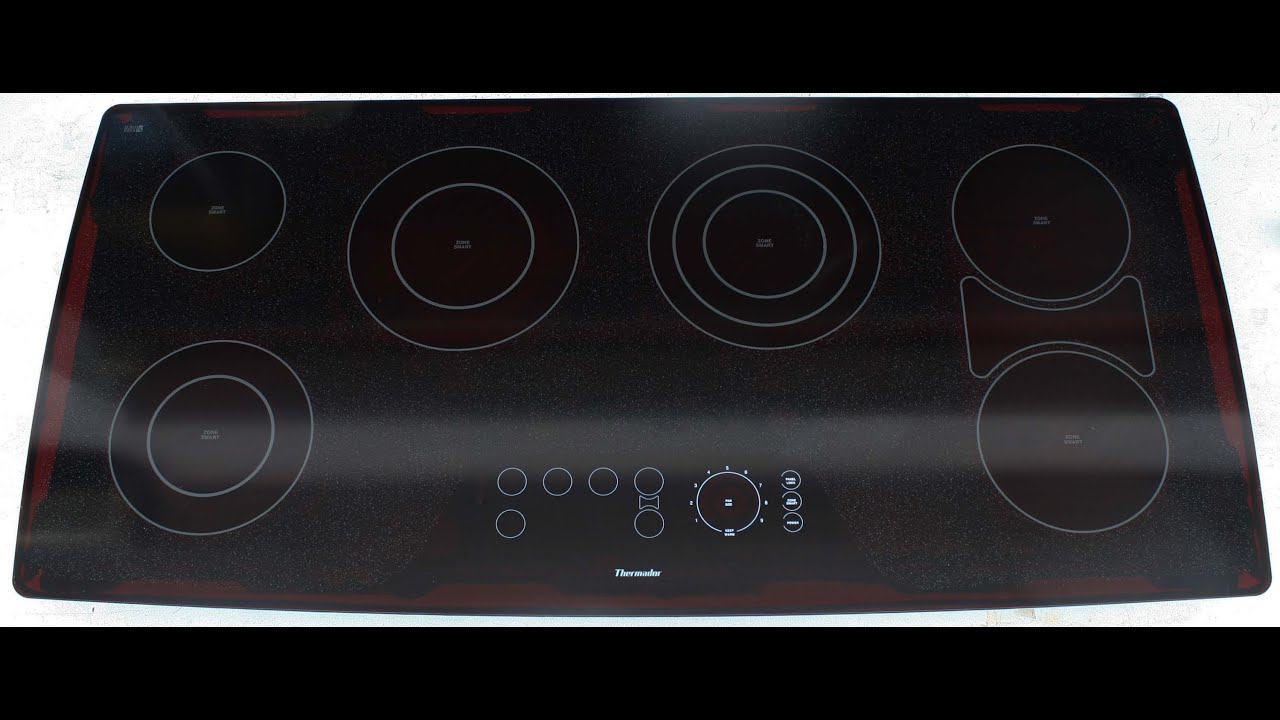
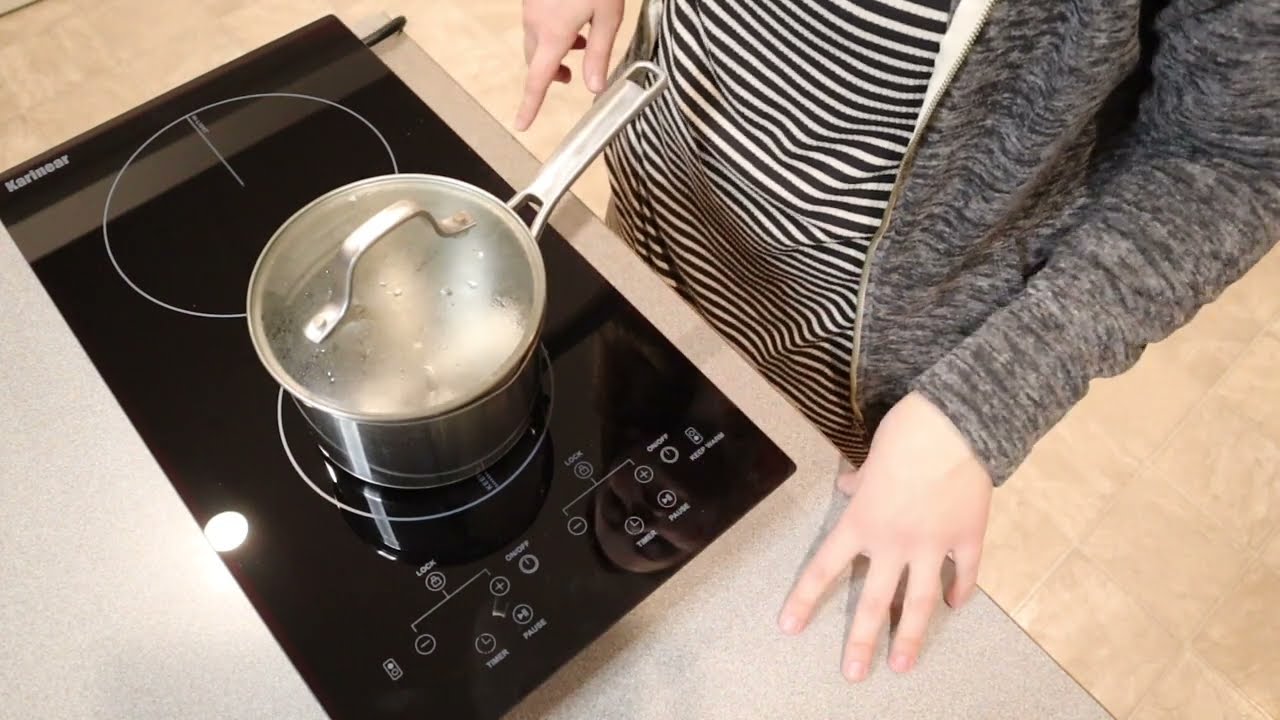
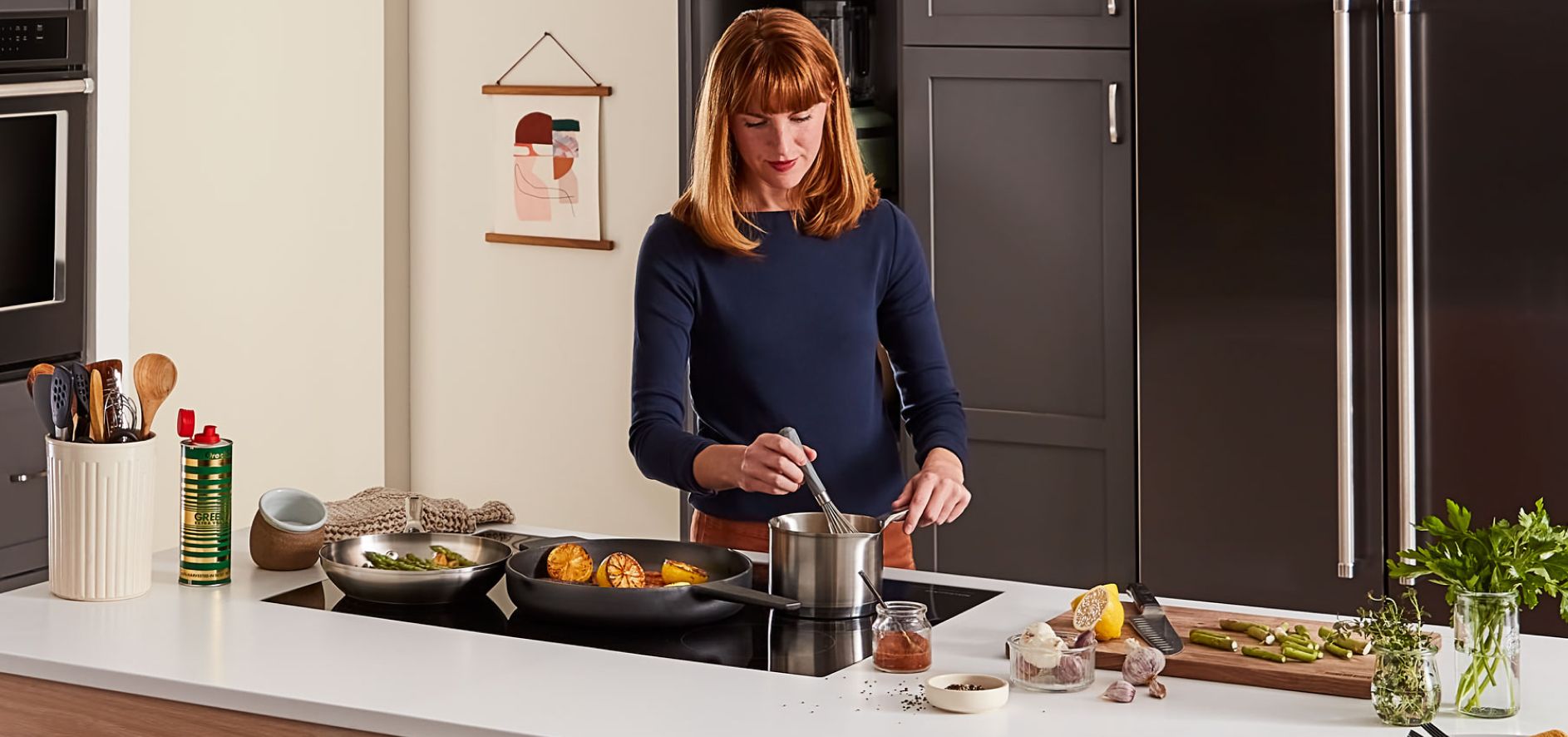
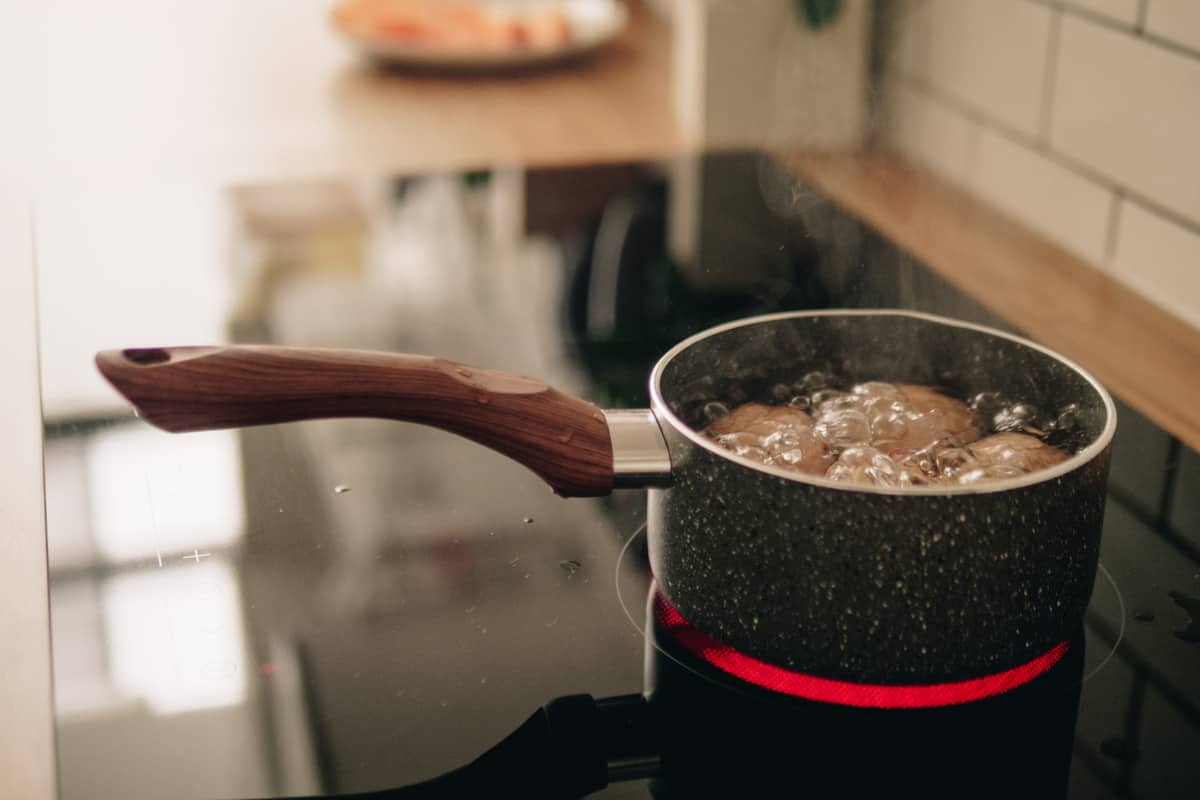
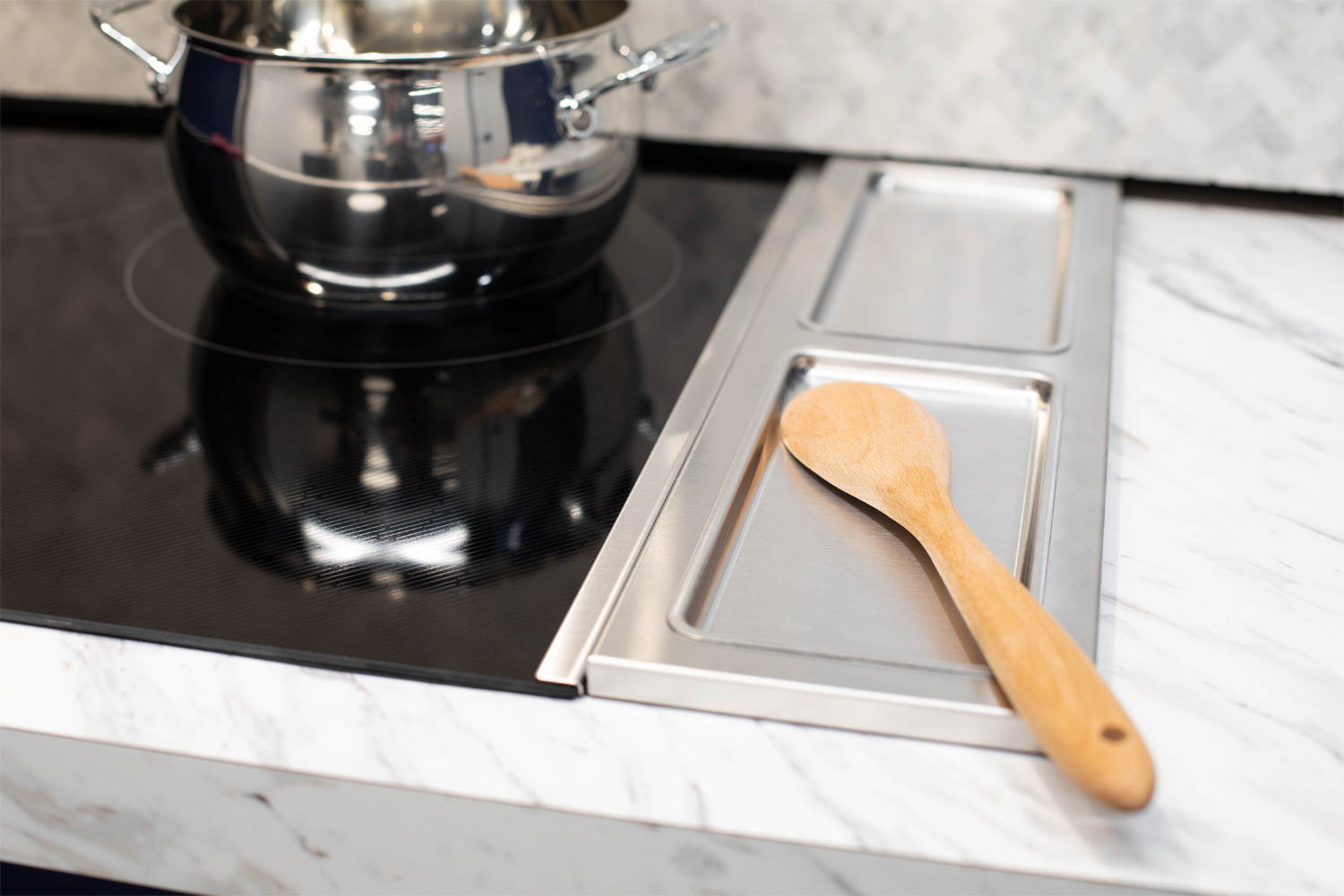
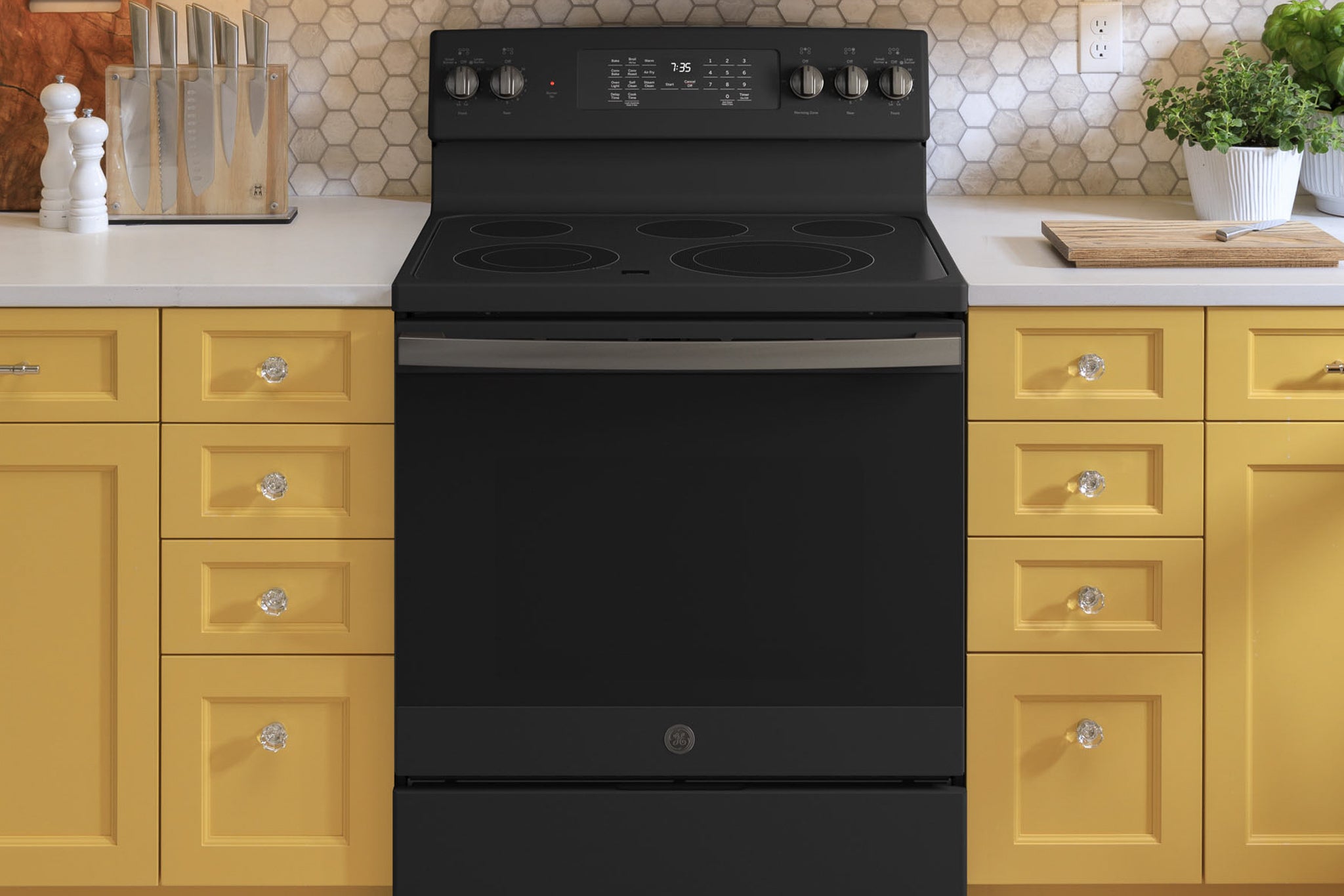
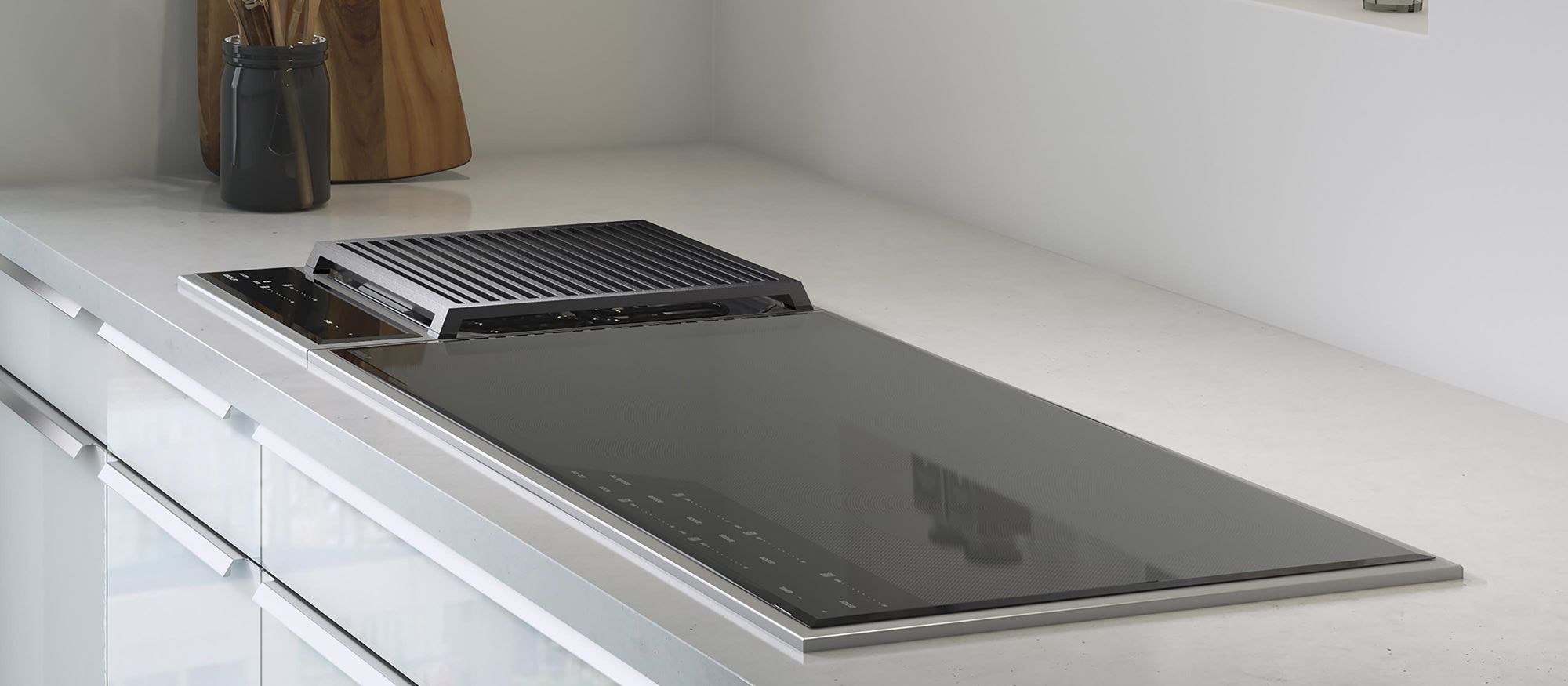
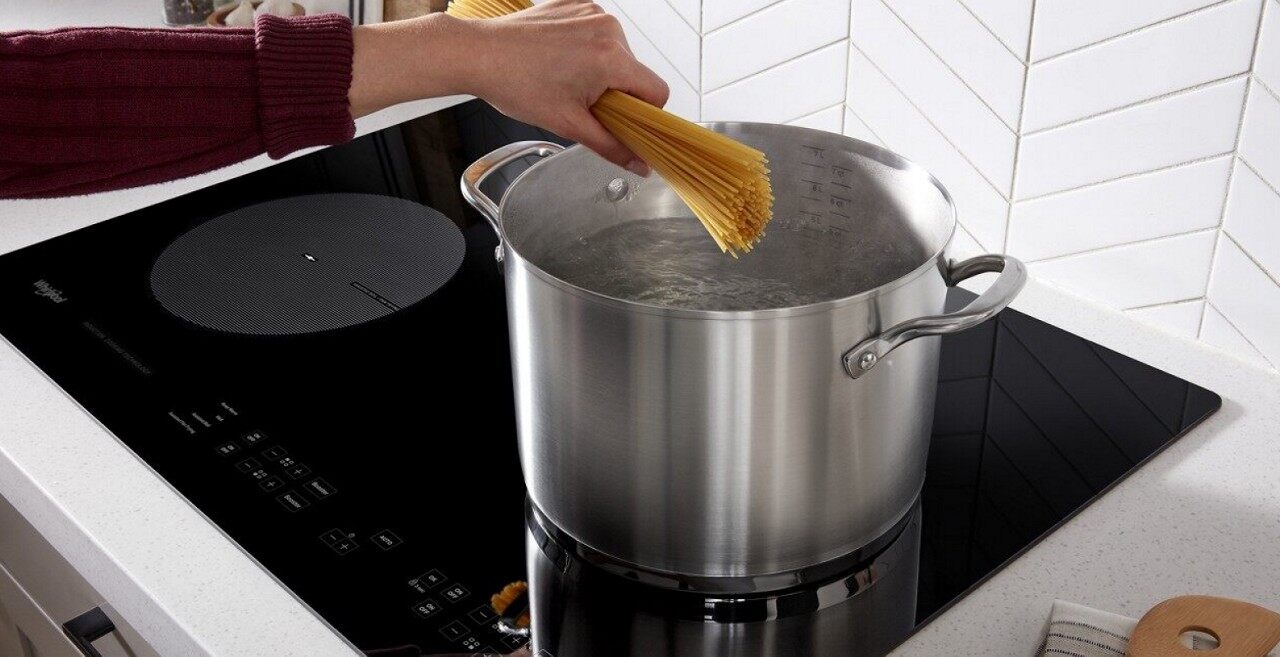
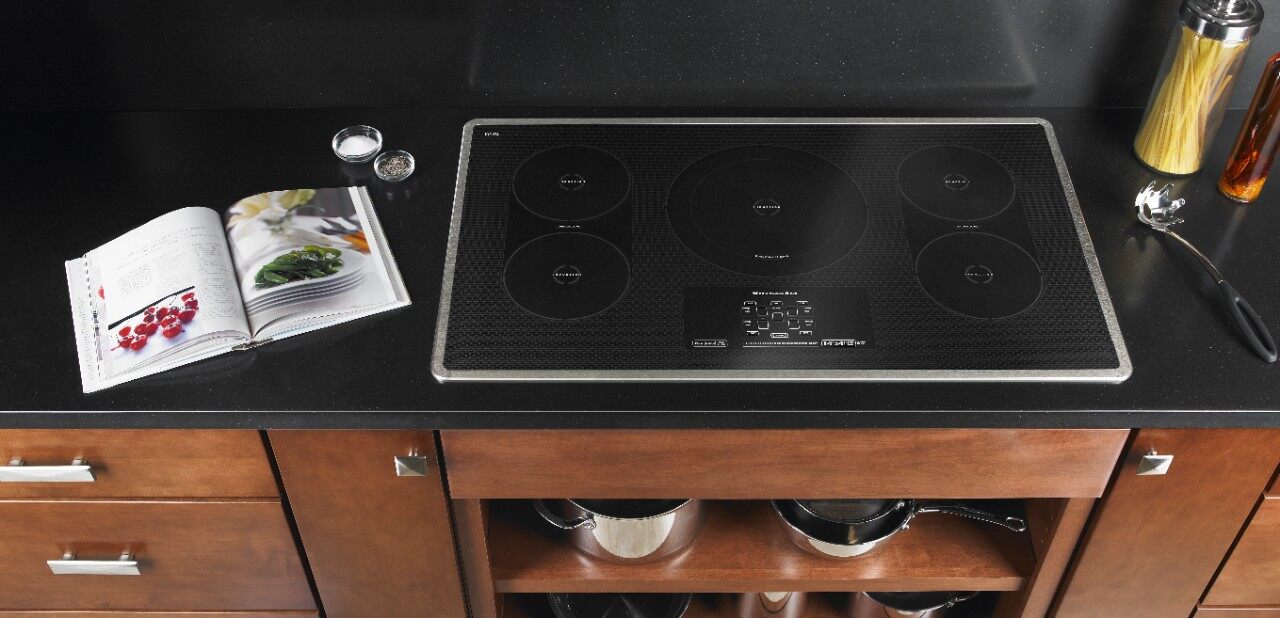
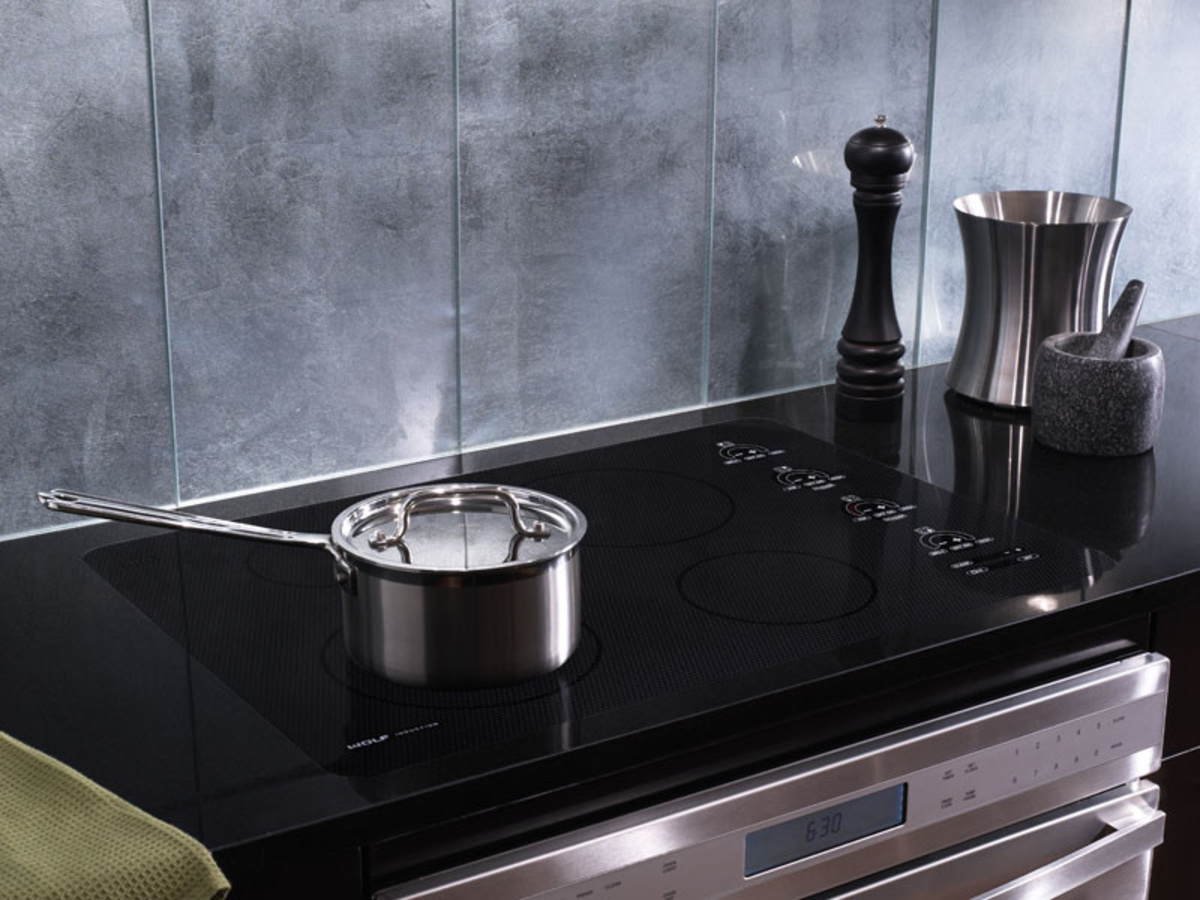
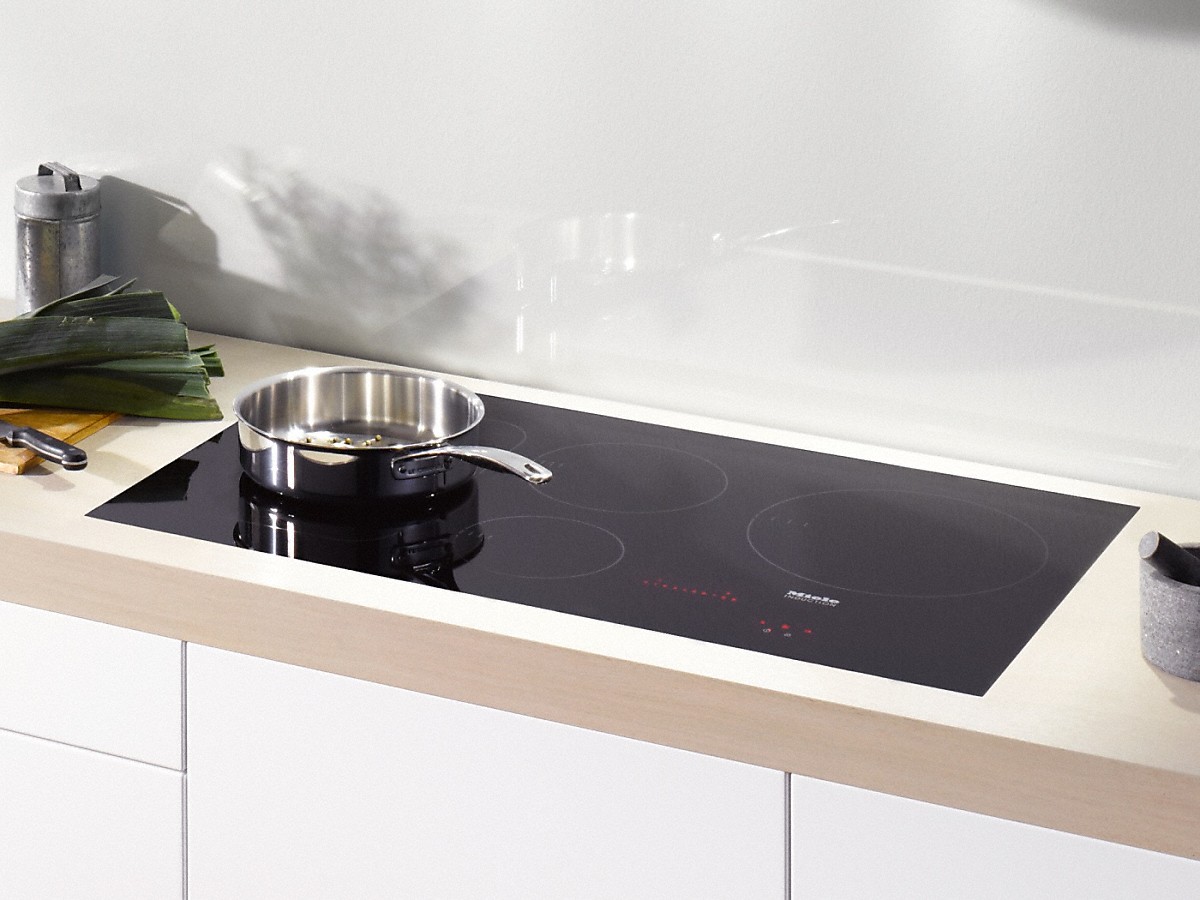
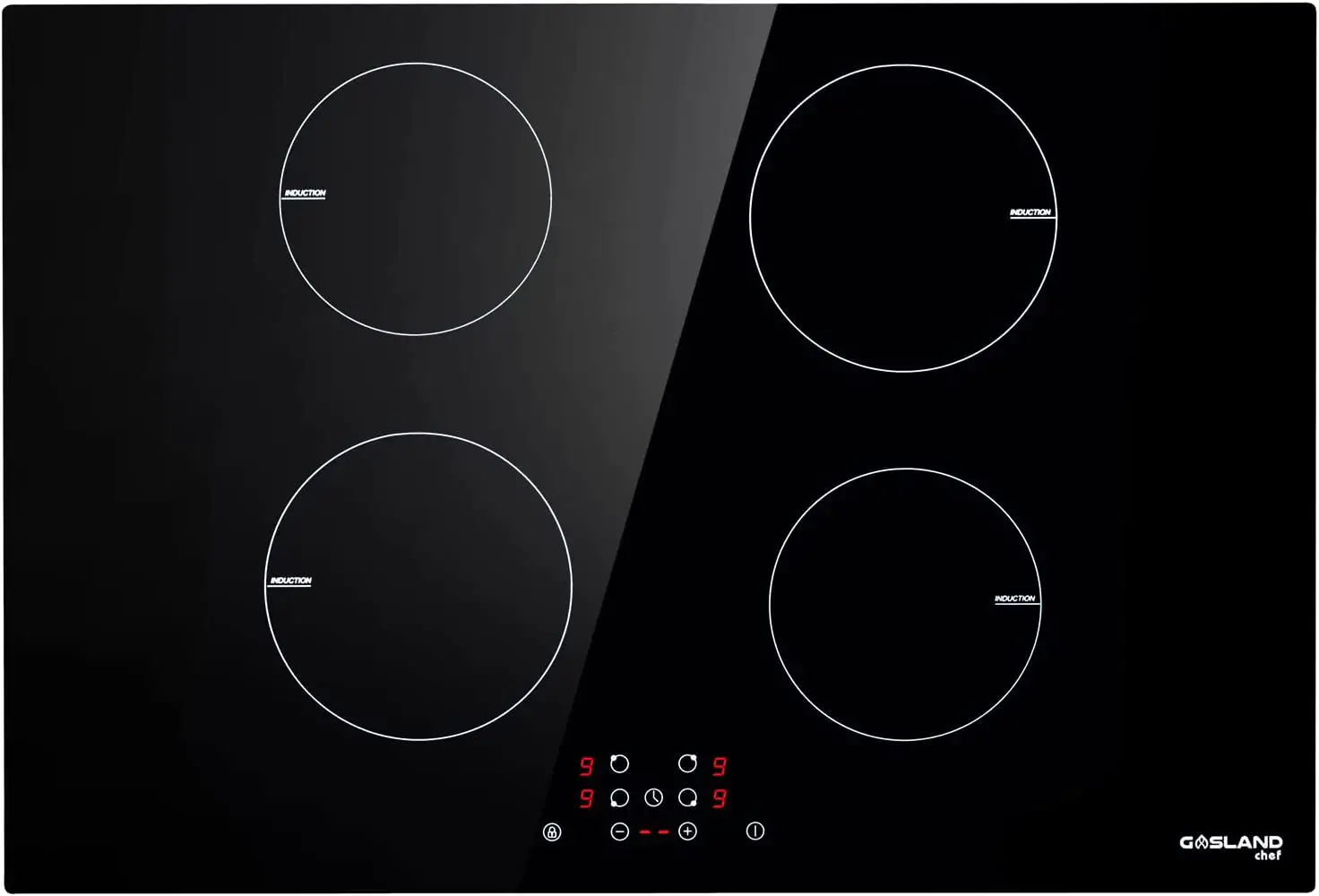
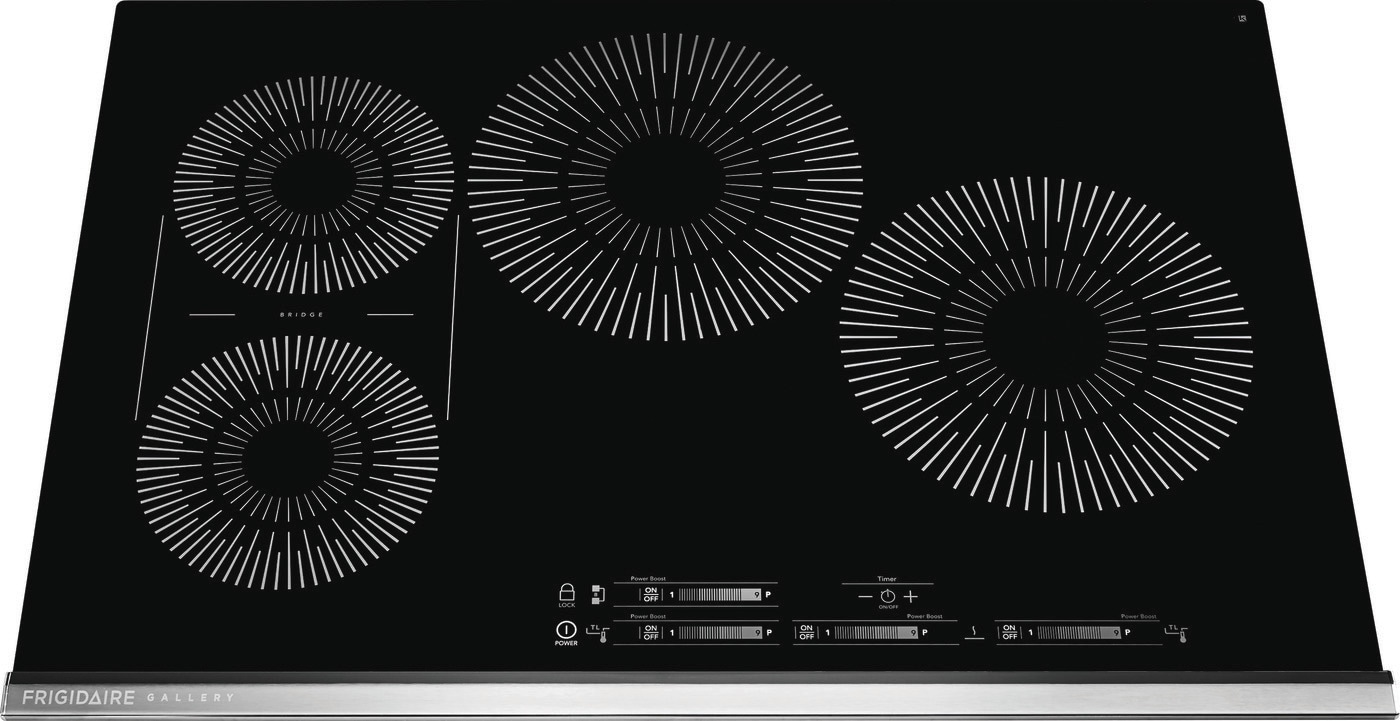
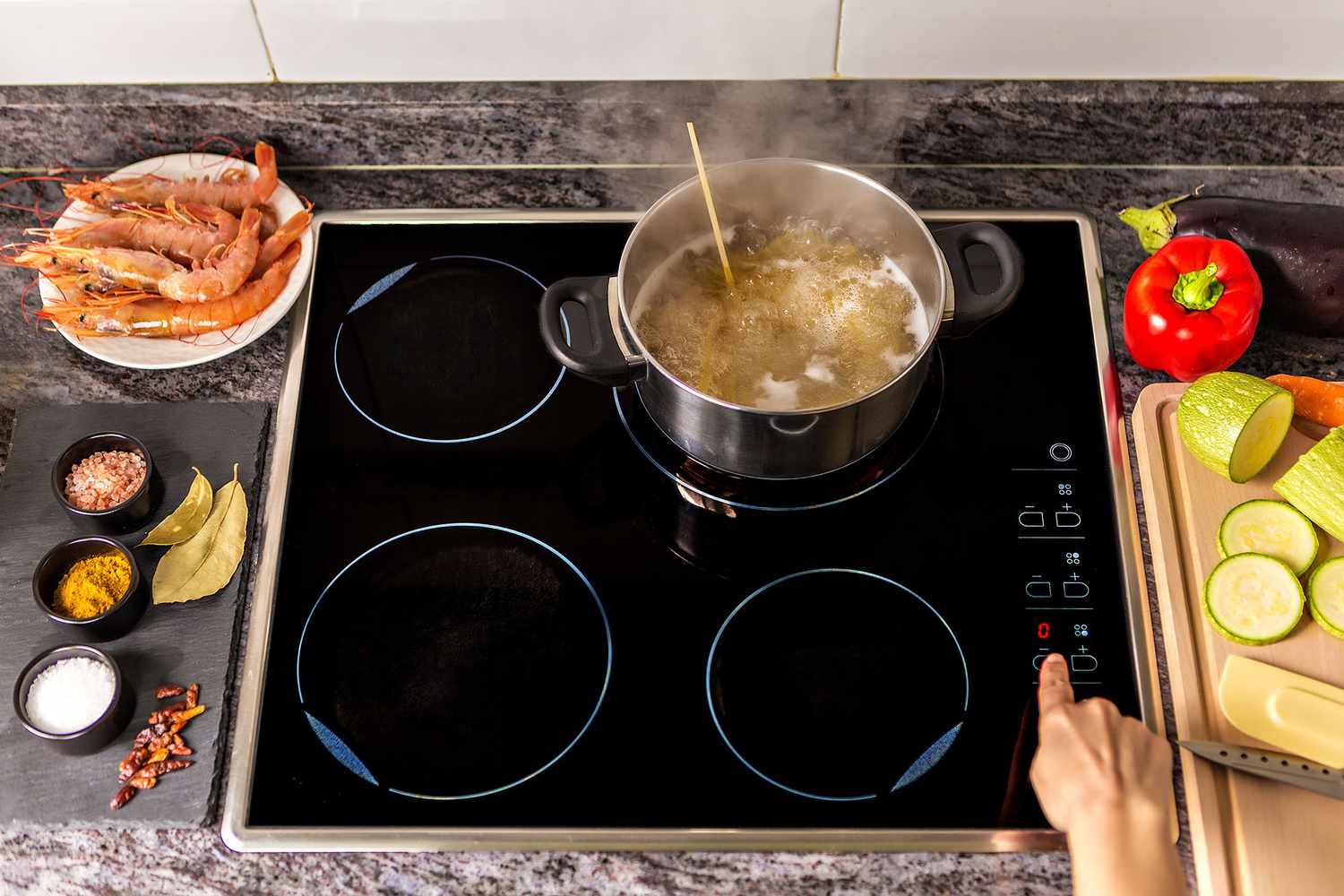

0 thoughts on “How To Cook With An Induction Cooktop”